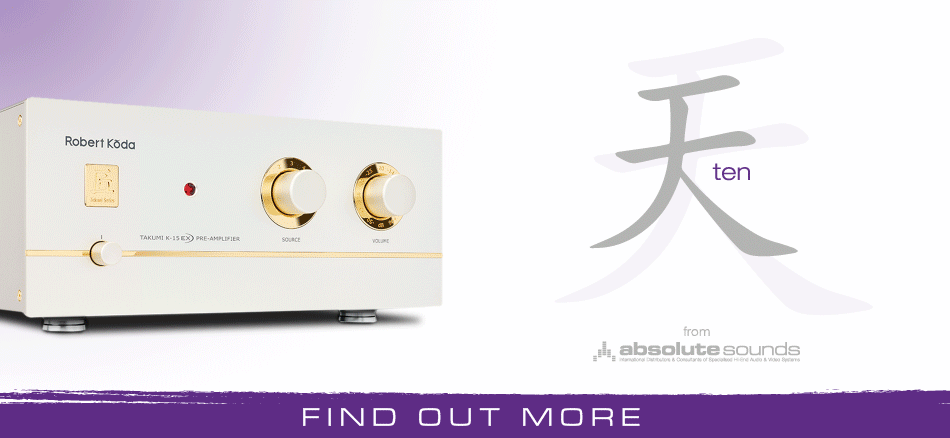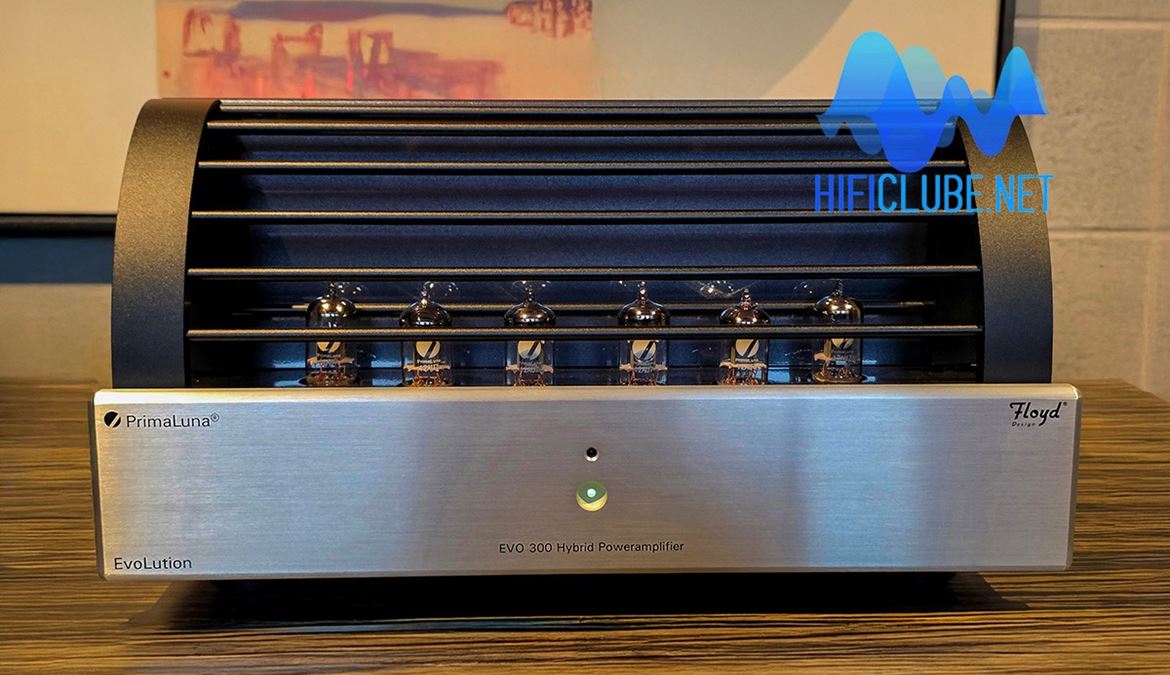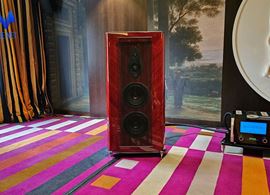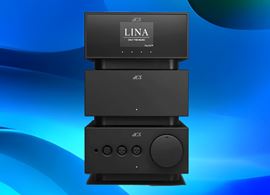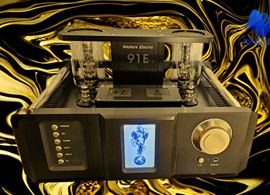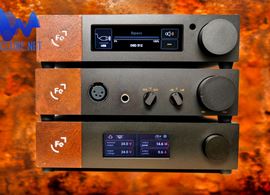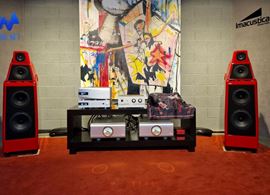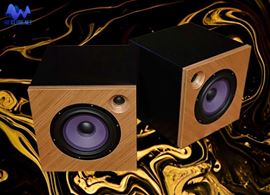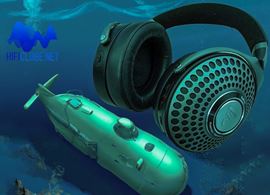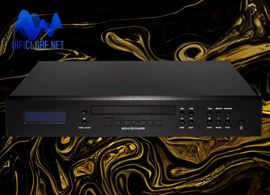I recently visited Imacustica-Lisbon to listen to the EVO 300 Hybrid Stereo amplifier, recalling fond memories of my previous experience with the integrated iteration of this amplifier. It is gratifying to see how the past can still be mirrored in the present, creating a bridge that fosters an even more promising sonic future.
PrimaLuna now offers stereo and mono amplifier versions of the original PL 300 Hybrid Integrated. The circuitry remains unchanged; it has simply lost its preamp function, hence the volume control too. Now, it’s all about ‘Power’, in the sense of both power amplifier and sheer ‘power’: 100W/8ohms per channel, which feels more like 200W!
With the rise of streamers featuring preamplifier stages that can be directly connected to an amplifier, integrated versions have lost some of their utility as hubs for distributing sound from multiple sources and adjusting the volume.
Nonetheless, the PL 300 Hybrid Integrated (€7,425) remains a success in Portugal. I humbly acknowledge that my test might have had some influence, as my enthusiasm is obvious to the reader.
If you haven't read it yet, I recommend you do so, as I’m unlikely ever to describe the ‘Floyd Generation’ better than I did then. In fact, I must confess that I will be transcribing parts of my previous review, as the essence remains. Moreover, despite being in a different context, I sensed that same feeling of ‘perfect diction’ again, which I enjoyed so much the first time I heard it.
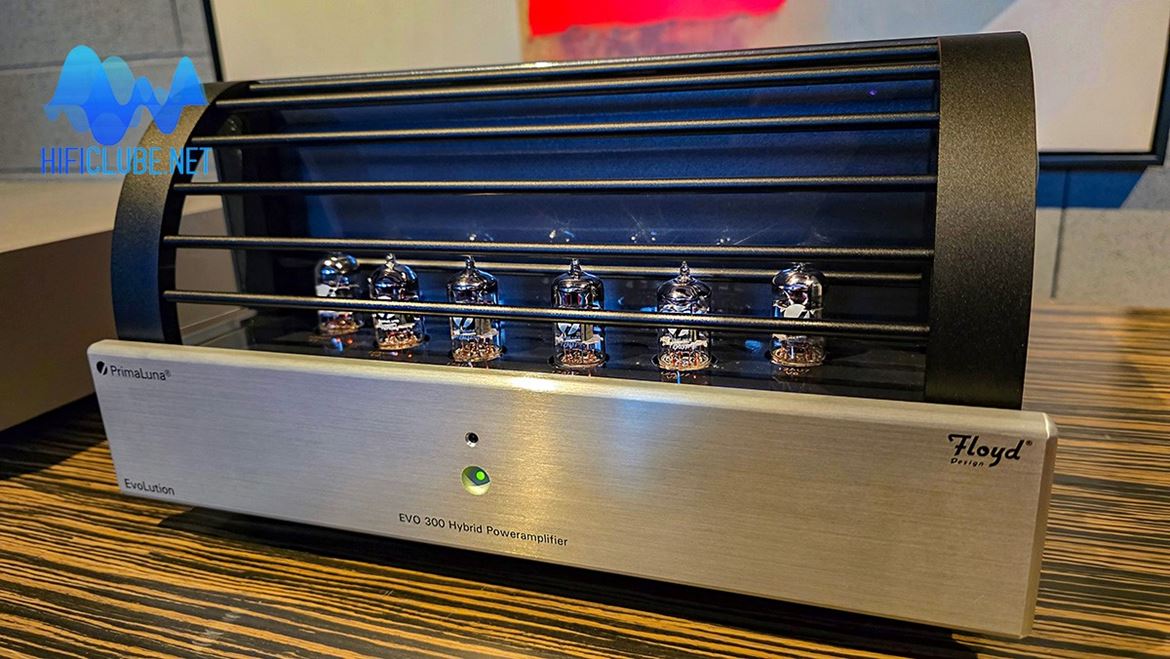
Pure PrimaLuna, only Hybrid
‘One-Night Stand’
It is true that this time, the audition occurred over two consecutive days, at Manuel Dias's invitation, in one of Imacustica-Lisbon's auditoriums, while the Integrated stayed with me at home for an extended period.
Let’s be honest, what Americans call a ‘one-night stand’ is quite different from a ‘de facto union'—not to mention a ‘marriage’! Nevertheless, one can still discern the character of a product in a briefer audition, particularly if it remains consistent, as is the case. Only displaying greater control over the ongoing musical process, especially in the bass response, while retaining the remarkable ‘intelligibility’ and the transient attack it had before.
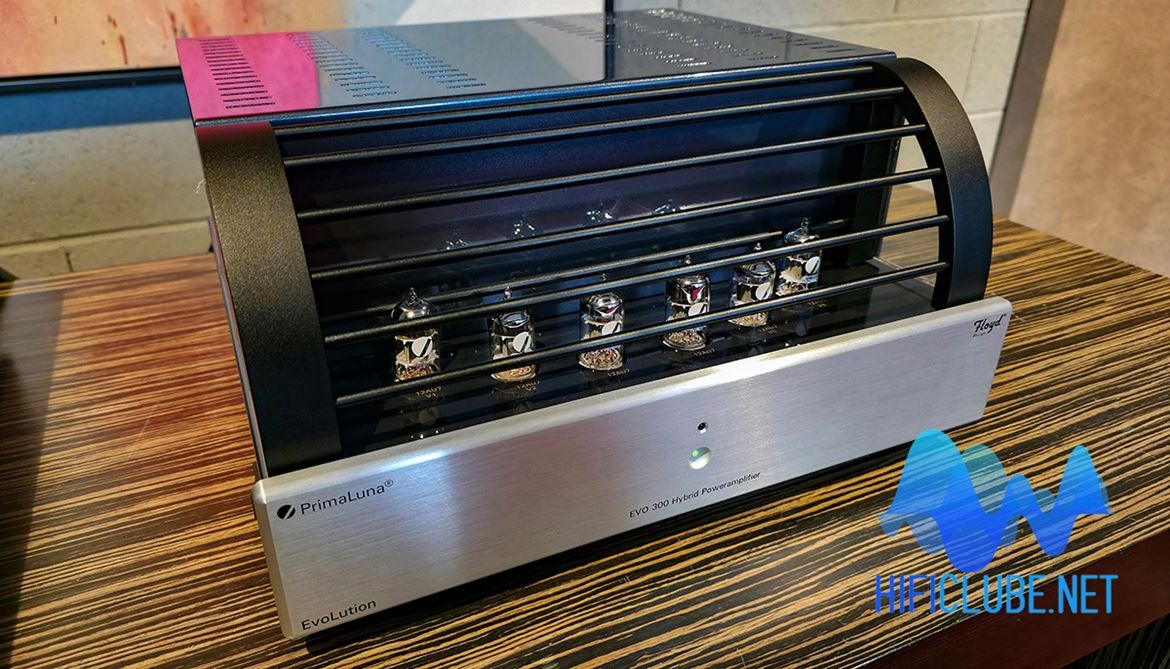
The double mono solid-state circuits, designed by Jan de Groot, chief engineer at Floyd Designs, utilise JFETs (from Linear Systems) arranged in cascade in a Darlington configuration, followed by two complementary pairs per channel of Exicon MOSFETs
Under the Hood
Like the EVO300 Hybrid Integrated, the EVO300 Hybrid Stereo utilises valves in the input stage and JFETs/MOSFETs in the power stage. While you do lose the sonic glow from powerful output valves that vacuum technology enthusiasts cherish so much, this is substituted here by discreet red ‘LEDs’ (which I could easily forgo). Nevertheless, you will not miss the warmth in the sound.
Of course, it does not provide the same listening pleasure as the EVO400 with KT150 power valves. However, for those who seek the best of both worlds, the EVO300 Hybrid Stereo comes remarkably close to the classic ideal of the perfect amplifier: a harmonious blend of the warm fluidity of valves and the power of transistors.
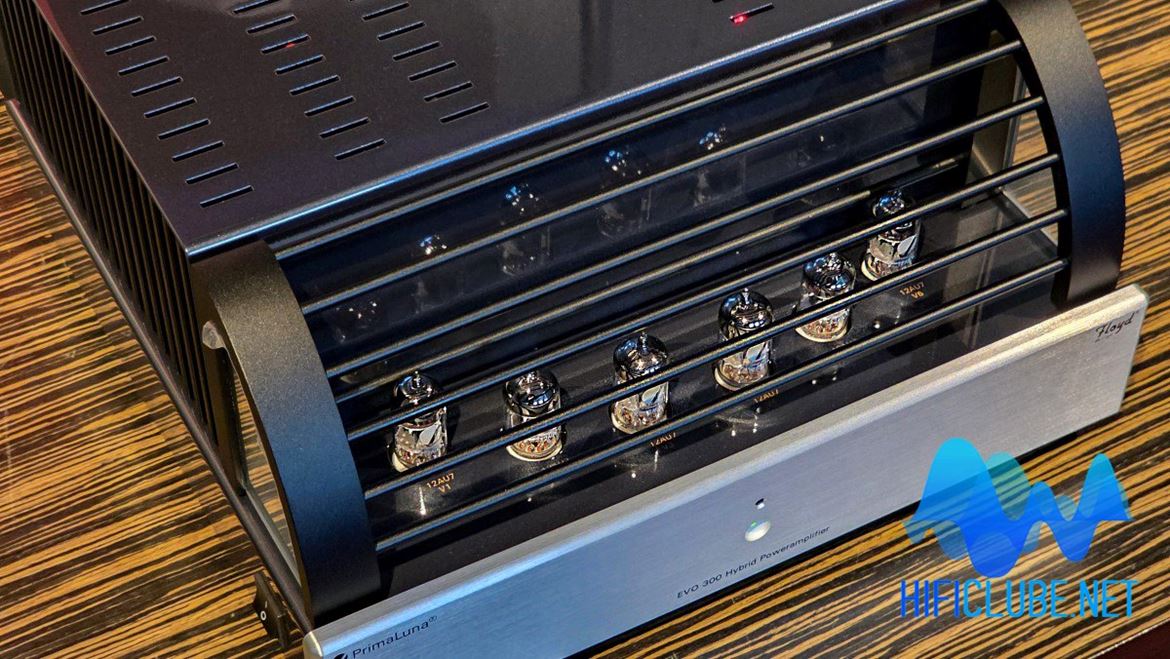
The valve input stage topology, designed by Marcel Croese (ex Goldmund), is the same as the gain stage of the Hybrid Integrated and uses double 12AU7 triodes (from Psvane)
The valve circuit on the input stage, designed by Marcel Croese (ex Goldmund), is the same as the gain stage of the Hybrid Integrated and uses double 12AU7 triodes (from Psvane): Two on the gain stage and four (instead of the usual two) on the output stage to ensure a lower impedance in line with the solid-state circuit that follows. This reproduces, according to PrimaLuna, and I quote, 'a dynamic, harmonically rich, and remarkably textured sound with a wide soundstage'.
The double mono solid-state circuits, designed by Jan de Groot, chief engineer at Floyd Designs, utilise JFETs (from Linear Systems) arranged in cascade in a Darlington configuration, followed by two complementary pairs per channel of Exicon MOSFETs (exclusive). This ensures immunity to speaker impedance variations. The circuit generates 100 W at 8 ohms (160 W at 4 ohms).
However, the perceived subjective power is considerably higher, even though the power stage's toroidal transformer is merely 500VA, which, thanks to the AC Offset Killer circuit, operates silently—without any hum. The valve floors employ independent toroidals for each channel.
Only a few essential circuit boards, with gold-plated copper tracks, are kept. For the remainder, all connections are made point-to-point through manual soldering.
All components are of the highest quality: Takman resistors (2%); Nichicon capacitors, aluminium film electrolytic capacitors custom-made in Europe; and high-purity Swiss copper cables (DuRoch) featuring a special dielectric.
The EVO300 Hybrid Stereo's ‘vocal intelligibility’ is clearly illustrated by Mariza’s articulation of each syllable in the song, as she modifies gracefully the tonal accent to match both rhythm and emotion.
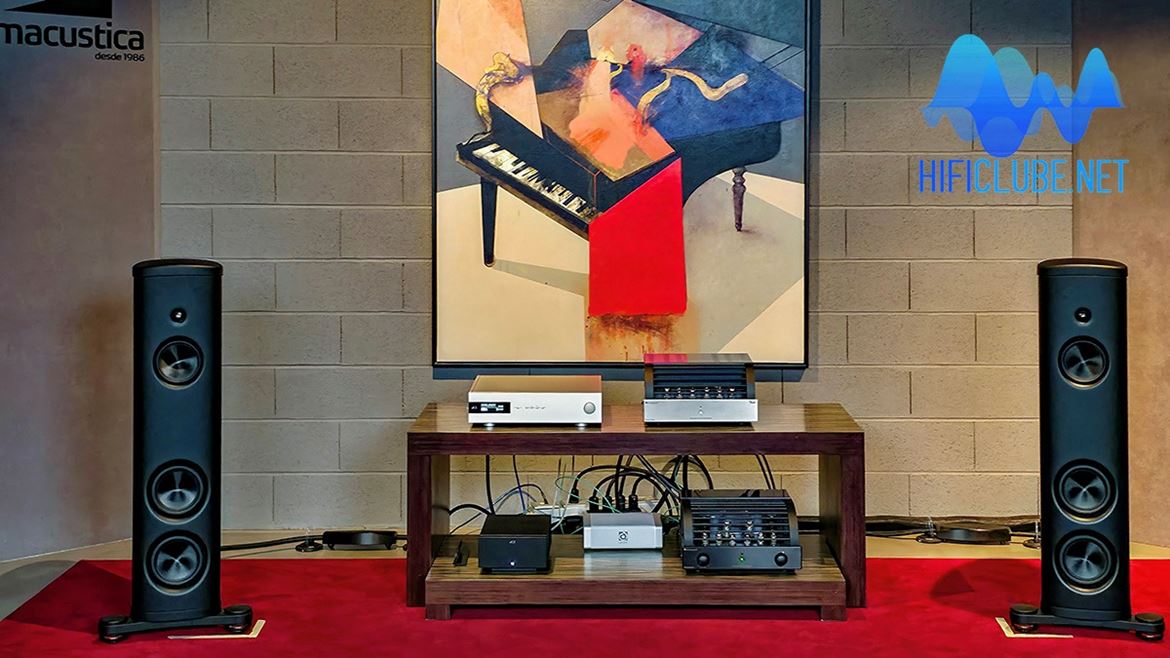
The PrimaLuna EVO300 Hybrid Stereo and associated equipment: dCS Bartók source, PrimaLuna EVO300PR preamp, and Magico M2 loudspeakers.
Audition at Imacustica
The system Imacustica set up for me consisted of a dCS Bartók source, a PrimaLuna EVO300PR preamp, and the EVO300 Hybrid Stereo/Design by Floyd amplifier driving a pair of Magico M2 speakers. Just do the math: you're looking at an 80,000-euro system! It better sound good.
With an iPad in hand, I explored Imacustica’s playlists on Qobuz and Tidal and even came across a list by the late Luís Campos (a dear friend who passed away during Covid) featuring tracks we often enjoyed together. I wish I could embrace you in autumn, summer, and spring, dear Luís, much like Mariza sings, whom we loved to listen to so dearly. Note: Mariza is a beloved Portuguese fado singer.
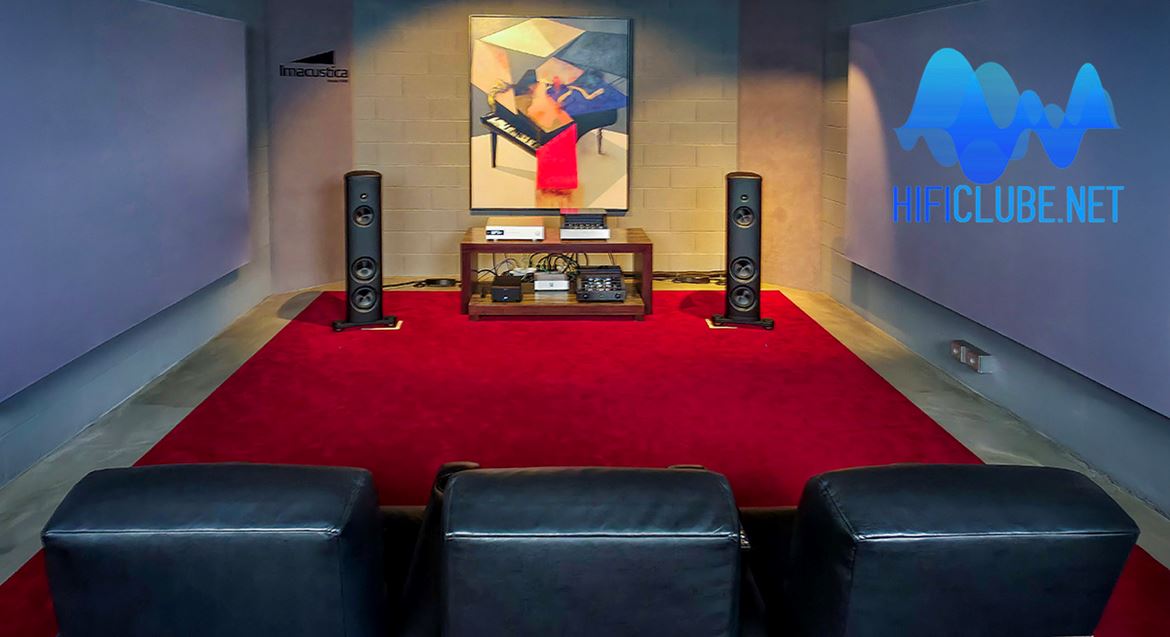
Wide perspective of Auditorium nr.1 at Imacustica - Lisbon
Quem Me Dera, Mariza
While it may not be the finest recording of Mariza's voice (as it has a somewaht pinched quality), the EVO300 Hybrid Stereo's ‘vocal intelligibility’ is clearly illustrated by Mariza’s articulation of each syllable in the song. She modifies gracefully the tonal accent to match both rhythm and emotion.
Quem me dera
Abraçar-te no outono, verão e primavera
Quiçá viver além uma quimera
Herdar a sorte e ganhar teu coração
(I wish I could/ Embrace you in autumn, summer, and spring/
Perhaps to live beyond a chimera/To inherit a fortune and win your heart).
It's impossible to remain indifferent, even to those who do not speak Portuguese, as rhythm and emotion are universal languages.
‘All About You’, Sophie Zelmani
Sophie Zelmani dives into the microphone, weaving her words and almost blowing them into our ears with captivating sensuality. It's not so much how she sings that matters; rather, what is significant is the confessional testimony of intimate love, torn apart by the violent and vibrant strikes of the metal strings, revealing the incredible transient response of the EVO300 Hybrid Stereo (and, to be fair, that of the Magico M2 speakers too):
It feeds my longing
To play for you
It feeds the sorrow
In it too
Violin Concerto No. 1 in C major, Allegro moderato, by Haydn, Isabelle Faust
I've listened to the track so often in my analyses that I might risk repeating myself. This is my favourite interpretation of Haydn's Violin Concerto No. 1 in C major ‘Allegro moderato’.
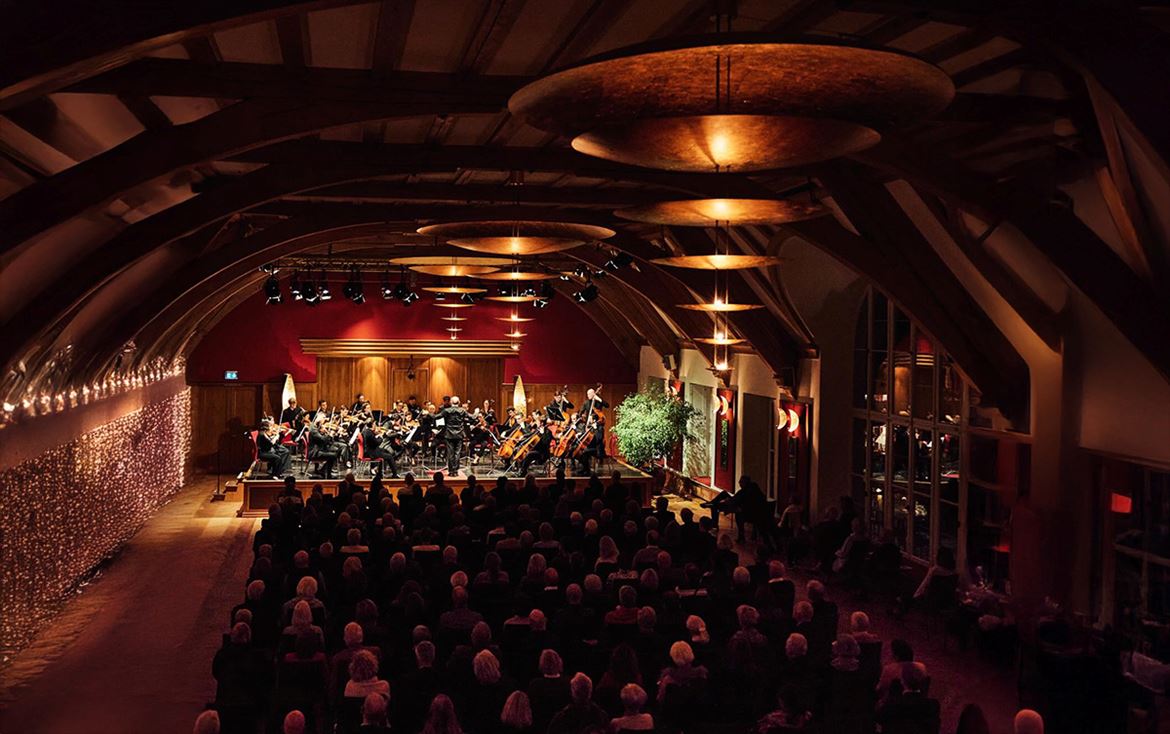
Schloss Elmau Concert Hall, Baviera (Photo Courtesy of Schloss Elmau).
Isabelle Faust, the soloist, stands slightly to the left of the centre in front of the Munich Chamber Orchestra, conducted by Christoph Poppen. It's a small concert hall where the air resonates around the instruments, especially Isabelle Faust's Stradivari (1704) ‘Sleeping Beauty’, which astonishes with its authenticity.
The Schloss Elmau Concert Hall atmosphere in Bavaria, characterised by its wooden-beamed ceiling and Alpine architectural elements that enhance the exceptional acoustics, was brought before my eyes: Isabelle Faust and the Munich Chamber Orchestra's artistic contributions were transported to the listening room in Lisbon as a holographic image of uncanny realism.
To provide a more objective perspective, I made a direct recording of the Magico M2 in Imacustica-Lisbon's auditorium 1, using a Nagra SD digital recorder (courtesy of Ajasom) at 24/96, accompanied by video images, in a vain effort to recreate my listening environment. Naturally, one cannot forgo their own personal audition.
Final Arguments
Another sonic revelation from the Dutch PrimaLuna team. It offers the same sound quality as the EVO300 Hybrid Integrated. But now it delivers even greater control over the speakers. This amplifier is ideal for those who already own a good preamplifier or ‘Streamer/DAC/Pre’ and seek the power of transistors while still wishing to retain the magic of valves.
Additionally, it can be set up for monophonic operation for those who require a pair to manage challenging speakers. Given the quality of the product, it comes highly recommended despite the hefty price of €7,990. However, after listening to it with music of your choice, the final decision rests with you, as always.
For more information, please contact: IMACUSTICA

